
Edible leaves, stems, or seed can be eaten raw or cooked. They can also be dried for later use. The leaves can be added to salads, cooked as a potherb or added to soups. Only the very young leaves should be used, preferably before the stems have developed, and even these are likely to be bitter.. The leaves are very rich in vitamins and minerals, especially iron and the vitamins A and C.
It can contain quite high levels of oxalic acid, which is what gives the leaves of many members of this genus an acid-lemon flavour. Perfectly alright in small quantities, the leaves should not be eaten in large amounts since the oxalic acid can lock-up other nutrients in the food, especially calcium, thus causing mineral deficiencies. The oxalic acid content will be reduced if the plant is cooked. People with a tendency to rheumatism, arthritis, gout, kidney stones or hyperacidity should take especial caution if including this plant in their diet since it can aggravate their condition. (Ref: Plants For a Future)
prickly lettuce (Lactuca serriola)
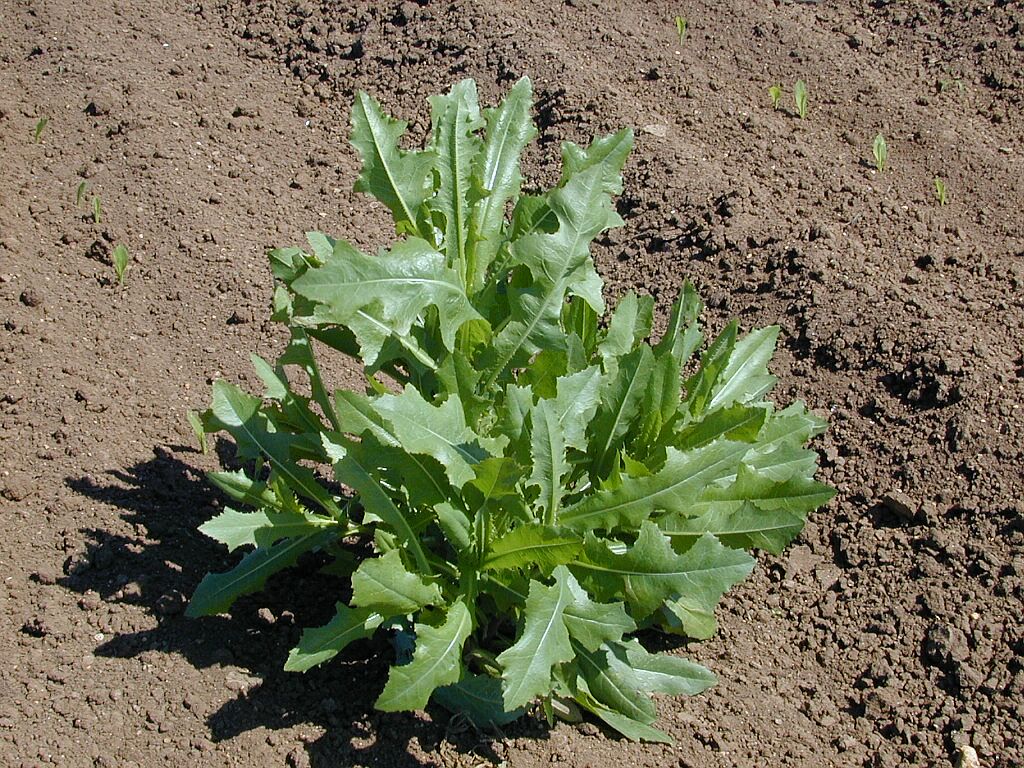
Young tender leaves can be eaten raw or cooked. Stems can be cooked. Oil can be obtained from the seed.
The whole plant is rich in a milky sap that contains 'lactucarium'. Lactucarium acts like a feeble opium, but without its tendency to cause digestive upsets, nor is it addictive. It is taken internally in the treatment of insomnia, anxiety, neuroses, hyperactivity in children, dry coughs, whooping cough, rheumatic pain etc. Concentrations of lactucarium are low in young plants and most concentrated when the plant comes into flower. (Ref: Plants for a Future)
filaree (Erodium cicutarium)
stork's bill

Leaves and stems can be eaten raw or cooked. The root is often chewed by children as a gum. Many medicinal uses including increasing milk to breastfeeding moms, wash for animal bites & skin infections, treatment for typhoid fever, and the leaves soaked in bathwater for the treatment of rheumatism. A green dye can be obtained from the entire plant. WARNING: This plant looks very similar to poison hemlock. Insure that it's positively identified before ingesting.
geranium (Pelargonium spp.)
Edibility dependent on species. What species did we see??
bladder flower (Araujia sericifera)
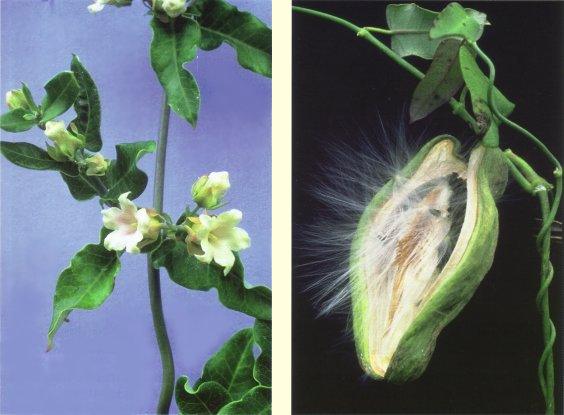
Long stems can be used as a fibre for making textiles or tying willows together using Colin's clove hitch.
white sage (Salvia apiana)
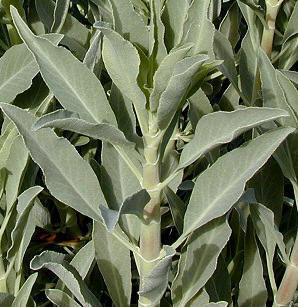
The seed can be eaten raw or cooked. It can be ground into a powder and used as a mush or can be soaked overnight and used as a drink in water, fruit juice or eaten with cereal. The seed and leaves can also used as a spice. The young stalks can be eaten raw.
The leaves have been crushed in water and used as a hair shampoo, dye and hair straightener. A poultice of the freshly crushed leaves can be applied to the armpits to treat body odors. The leaves have been burnt as an incense to fumigate a house after a case of contagious disease such as measles.
california black sage (Salvia mellifera)
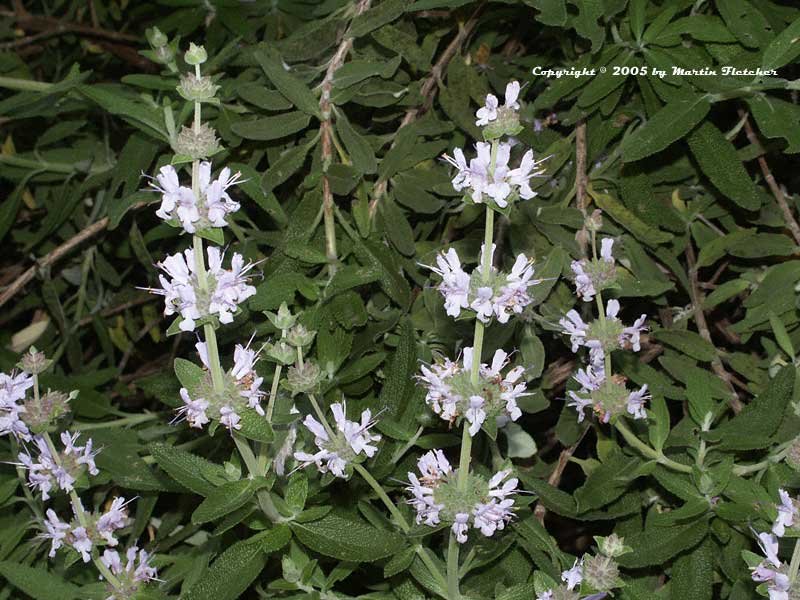
The aromatic leaves can be brewed into a tea. The leaves and stems can be used as a food flavouring. The seeds can be dried then ground into a powder and used as a gruel. The green leaves can be chewed to ease gas pains.
river cane (Arundo donax)
giant reed

The rhizome can be eaten raw, cooked or dried and ground into a powder to make bread. The leaves can be eaten cooked cooked. The young shoots can also be eaten.
Brooms are made from the terminal panicles. Plants are grown alongside irrigation canals to check soil erosion. The plant can be grown as a windbreak screen. If cut down, the culms branch and in this form the plants can be used as a hedge. The leaves can be woven into mats etc, whilst the split and flattened stems are used to make screens, walls of houses etc. A yellow dye is obtained from the pollen. The stems of the plant have a multitude of applications. They are used as plant supports for vines and other climbing plants and to make clarinets, bag-pipes etc. They are also used as pipe stems, for roofing, to make screens, walking sticks and in basketry. They are used to make the reeds of clarinets and organ pipes. The stems can be harvested as desired at any time of the year. The fibre from the stems can be used to make a good quality paper. Because of rather high yields from natural stands, the plant has been suggested as a source of biomass for energy production. Many medicinal uses. (Ref: Plants for a Future)
cattail (Typha domingensis; T. latifolia) southern cattail (T. domingensis)/reedmace (T. latifolia)

Roots can be eaten raw or cooked. The root can also be dried, ground into a powder and then used as a thickener in soups etc or added to cereal flours. Rich in protein, this flour is used to make biscuits, bread, cakes etc. Young shoots in spring are edible raw or cooked as an asparagus substitute. The base of the mature stem can be eaten raw or cooked. The young flowering stem can be eaten raw, cooked or made into a soup and tastes like sweet corn. The pollen can be eaten raw or cooked and is a protein rich additive to flour used in making bread, porridge etc.
The stems and leaves have many uses, they make a good thatch, can be used in making paper, can be woven into mats, chairs, hats etc. They are a good source of biomass, making an excellent addition to the compost heap or used as a source of fuel etc. A fibre obtained from the roots can be used for making string. The hairs of the fruits are used for stuffing pillows etc. They have good insulating and buoyancy properties. The pollen is highly inflammable and is used in making fireworks. This plants extensive root system makes it very good for stabilizing wet banks of rivers, lakes etc.
(Ref: Plants for a Future)
california milkweed (Asclepias californica)
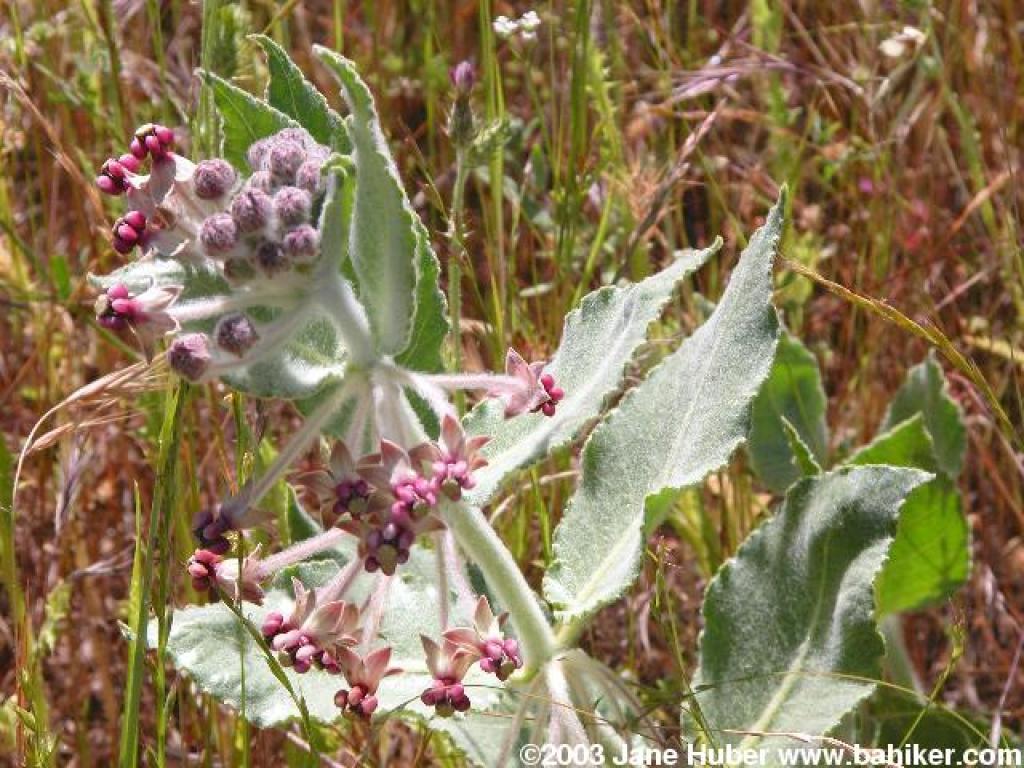
The milky sap of the plant can be boiled until thick and then chewed like chewing gum. The leaves can be roasted and then chewed.
oak,
serviceberry,
yucca,
wild cucumber,
Loquot.
Ceanothus.
Laurel Sumac.
Aloe.
Agave.
Iceplant.

2 comments:
Hello Marc, I live in san diego, north county to be exact. I'm new to wild foraging and would like a tour guide around the city, do you have anybody who does that? my email is samej22@yahoo.com thanks
Post a Comment